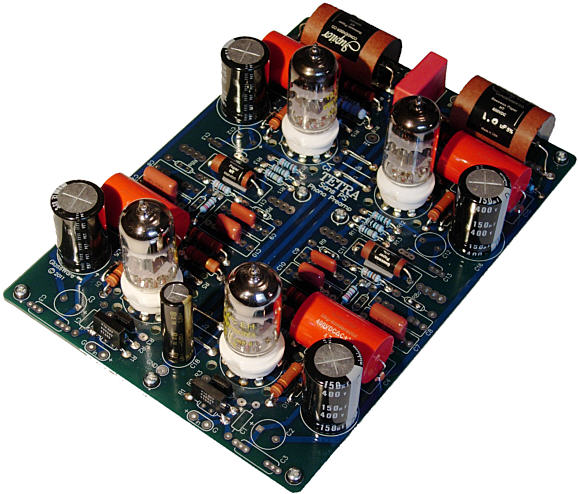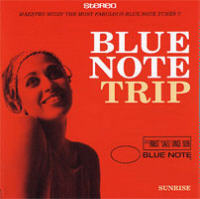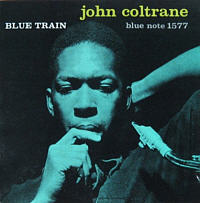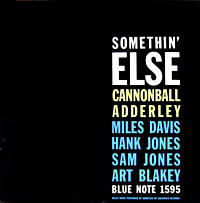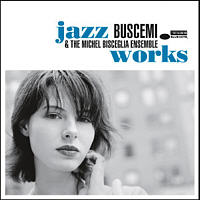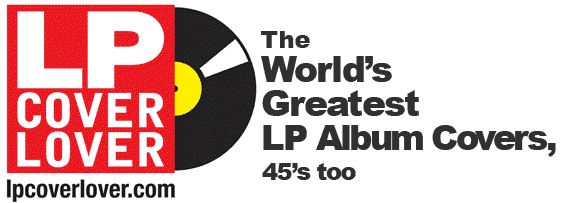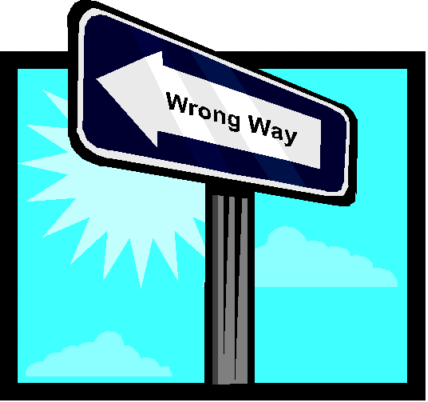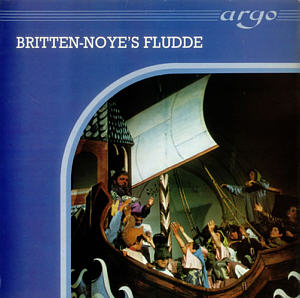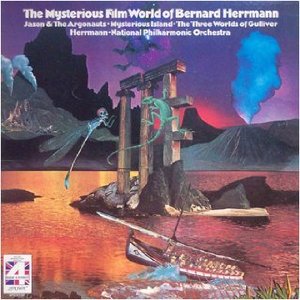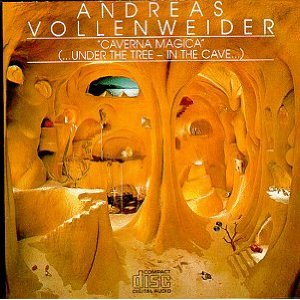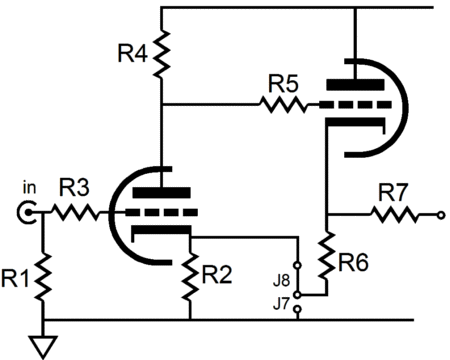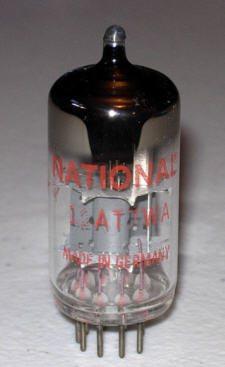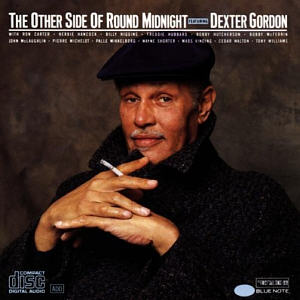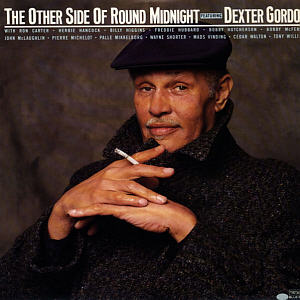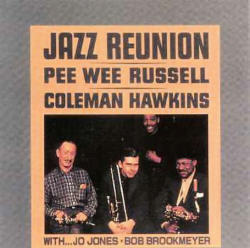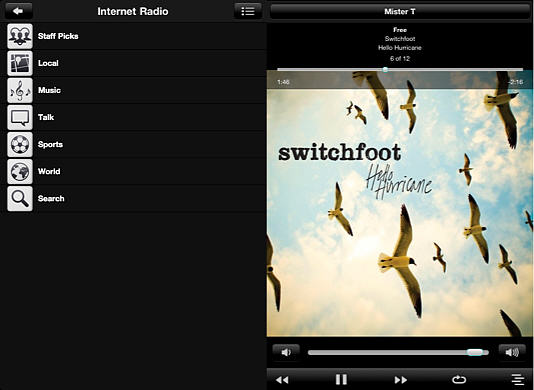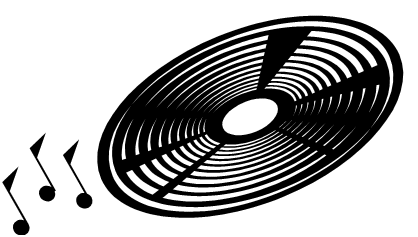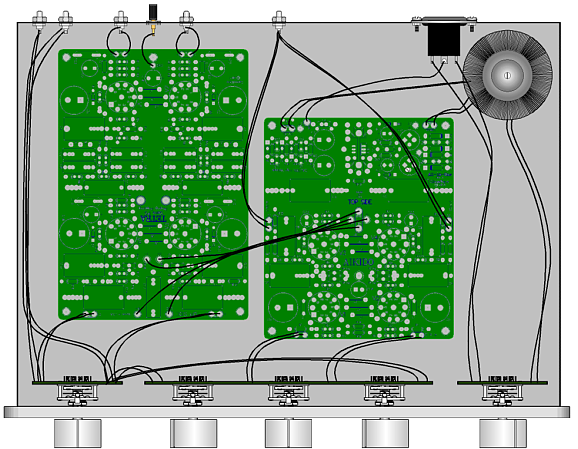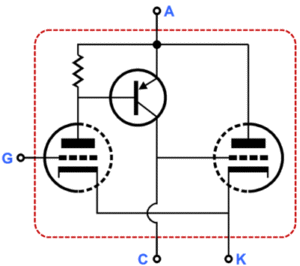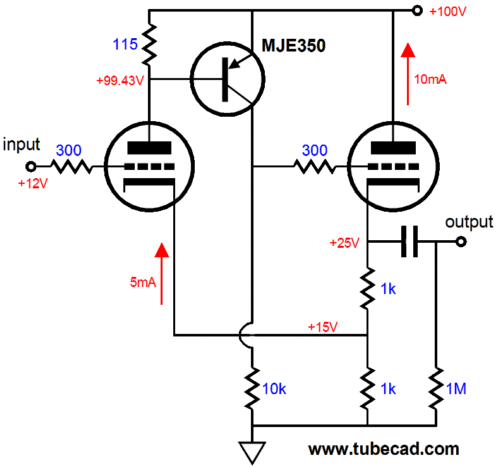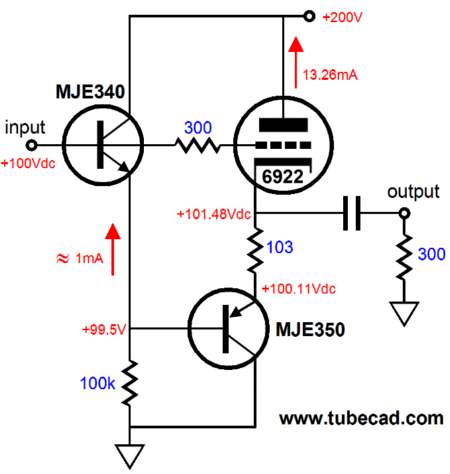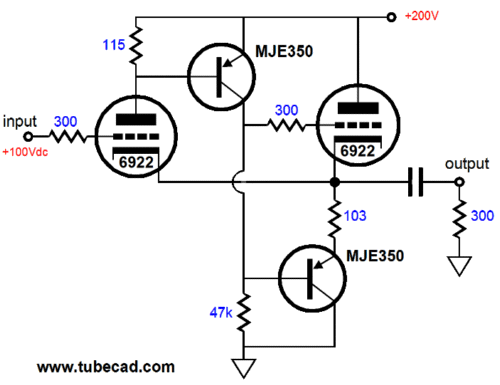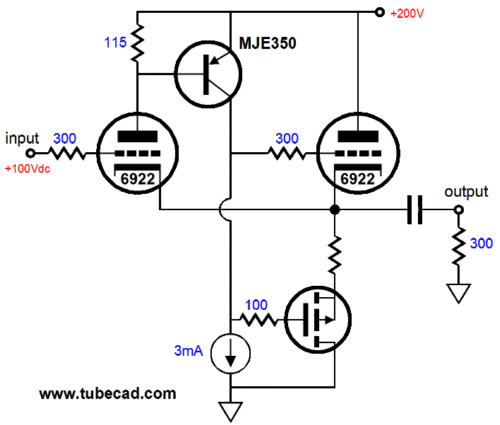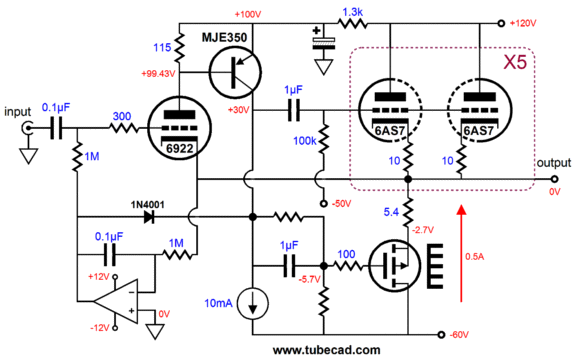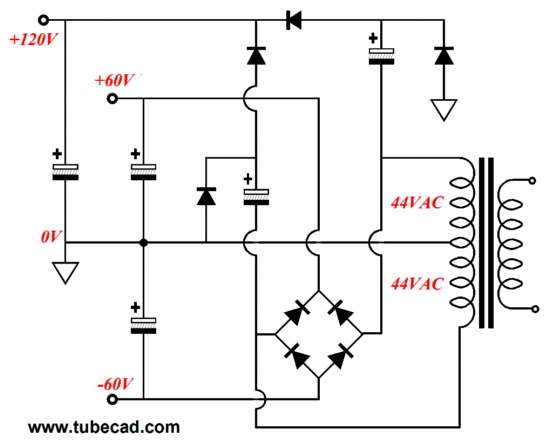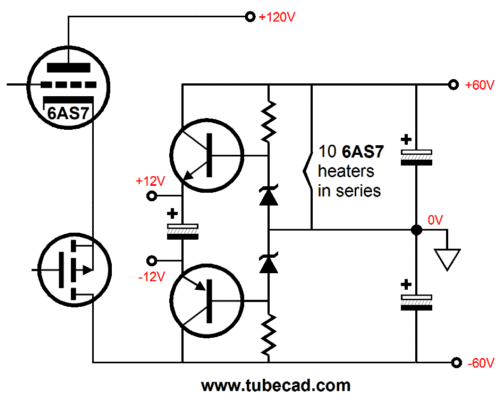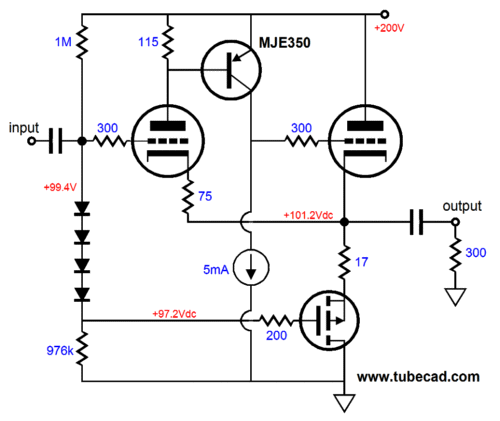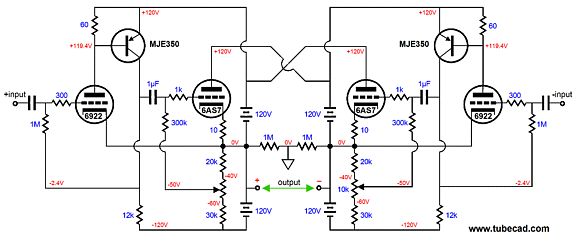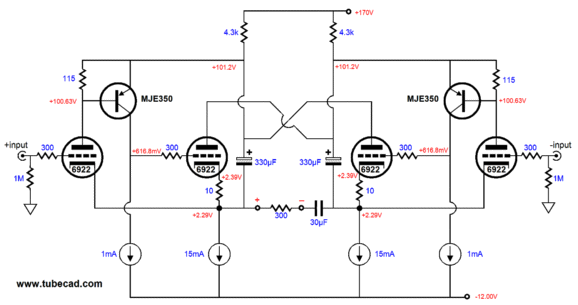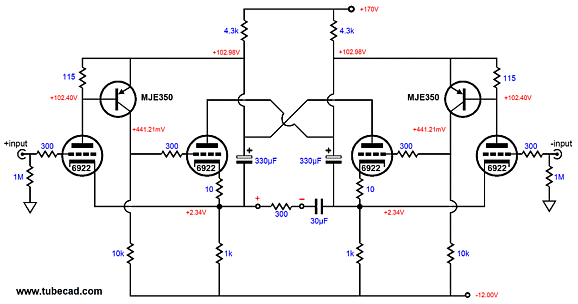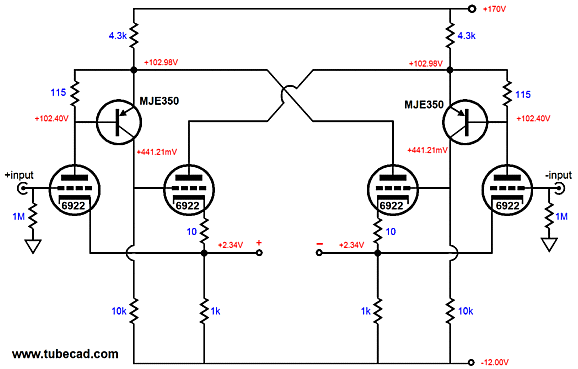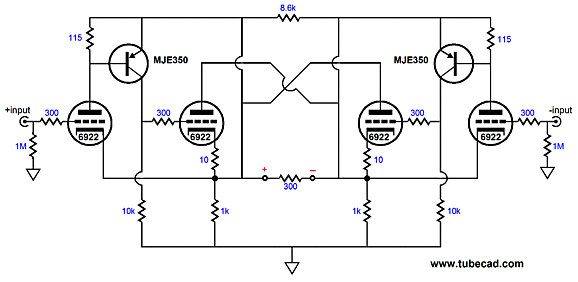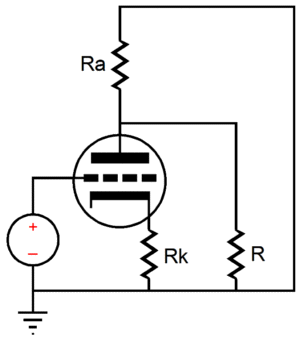| John Broskie's Guide to Tube Circuit Analysis & Design |
Post 214 29 September 2011
Tetra Sans PS Phono Preamp I was once staying a lovely bed and breakfast that possessed an old, huge record player, a Victor Orthophonic Victrola "Credenza" model (it might have been something even more expensive, as it seemed far bigger than the Credenza I remembered) from the mid 1920s. The manager noted my interest in the near antique, so offer to play it for me. If remember correctly, it held an electric motor to spin the turntable, but absolutely no electronics were involved in getting the sound off the record into the living room. He placed shellac record in the Victrola and dropped the needle. Wow! That purely mechanical player blasted, much louder than I thought possible. I didn't expect this nor the surprisingly immediate and urgent sound that poured forth from the folded horn. I had always thought that those old ads showed everyone being fooled into believing that live music was being performed were pure fantasy...now, I was not so sure. Sure the there were no highs, no deep bass, but there was music.
At the same time, to be perfectly honest, I hate the LP's meager playing time per side and the ticks and pops can be distracting; in addition, the whole ritual of getting up, replacing a disk, cleaning, static removal, cueing up the cartridge—all are a pain. (My wife complains of not having a track-skip button.) But as they say, there are no roses without thorns...although there are plenty of rose-less, thorn-covered stems... Just yesterday I was telling my kids about Mahler's 8th Symphony, the symphony of a thousand, so called because it requires nearly that many performers. An exaggeration, but it does require many more performers than any Mozart symphony. (In fact, I believe the largest ensemble for this composition was the one gathered in on 15 March 2008, when Yoav Talmi led 200 instrumentalists and a choir of 800 in a performance in Quebec City, to mark the 400th anniversary of the city's foundation. But I have also heard that one of the Swiss cantons held a comparably huge performance to celebrate its anniversary. ) What equally impressed my kids was the 8th's one hour, twenty minutes playing time. "How could anyone one listen to one song for that long?" they asked me. I told them that listening to Mahler symphonies has often been liken to climbing a tall mountain, which fatigues and exhausts, but which, once surmounted, yields incomparable views. And the whole ritual of record care is, in a small way, exhausting and fatiguing. A friend once explained to me that within a gathering of music-lovers, spinning LPs makes sense; whereas no one gets together to spin CDs. I wasn't sure what he meant and I countered with the observation that audiophiles get together to spin CDs all the time. His answer was that while audiophiles do gather to listen to speakers, amplifiers, and cables, they do not gather to listen to music. Ouch. Still, I thought he was exaggerating a bit too much, so he went on to explain to me that playing an LP was special, being a more personal act than pressing buttons on a CD player's remote, as the LP required its own special ceremony of preparation, which only the owner could perform. Thus, the LP's extra effort and fragility made playing an LP for friends something of a small, personal gift. Maybe he's onto something; besides, the Eric Hoffer observation that I love to repeat is that thought requires exaggeration and an unwillingness to exaggerate often betrays an unwillingness to think.* If nothing else, I love looking at LP cover art, something impossible with CDs. Almost ten years ago, I went to an estate sale of a demised jazz lover. There I found about 300 Blue Note LPs. Well, he must have been a true fan, as every single LP was gray from hundreds (or thousands) of playings with a cheap phono cartridge. Yet, every cover was in perfect shape, which inclined me to believe that he had pulled all the records from their sleeves and left them in tall stack, moving the top LP to the record player and then to second stack, which once full, would be moved one LP at a time back to where the old stack had stood; and that someone else had returned the LPs to their covers, posthumously. I didn't buy a single album, alas. What a fool I was! Such a painful regret.
I didn't realize that the covers were valuable in themselves, if to no one else to serious record collectors. Not that I would have sold them, as I would have loved to display the covers as art in 12.25-inch frames. Imagine a wall with four LP covers on display, for example the four above, which are then replaced each week by another four covers. Ah, life can be sweet. Speaking of LP covers, if you haven't visited LPCoverLover.com, you must.
One Wrong Turn
I thought that introducing a 16Hz high-pass filter would be a good idea, so I used a tiny 0.01µF coupling capacitor in between the Tetra's two gain stages. Why? Warped records. My view was that 16Hz was plenty low. It wasn't. It wasn't so much that the bass was thin, although it was as well, but that the recording hall seemed to have gotten smaller. Interesting. I replaced the tiny coupling capacitor with a capacitor ten times larger (0.1µF ) and the room re-inflated. The capacitors were the same brand, same type, same voltage (Jupiter beeswax 600V), so I assume that those who argue for subsonic frequency response down to 1Hz are on to something. (If I remember correctly, Peter Moncrief held that down to 0.5Hz was essential.) Three LPs revealed this anomaly quite well, Benjamin Britten Noye's Fludde, The Mysterious Film World Of Bernard Herrmann, and Andreas Vollenweider's Caverna Magica.
Positive Feedback
Originally, about 25 years ago, when I first played with the above circuit, I simply sought to eliminate the need for a cathode-resistor-bypass capacitor, but now I am convinced that something extra results from the technique and I like it. The wee bit of positive feedback seems to lend a restored vigor and liveliness to the sound, almost as if a slight electronic expansion were being introduced. But it might just be that nothing is being added; instead, pulled away was the dead-hand grip of the electrolytic bypass capacitors. Whatever the actual cause, I love it. A right—but expensive—turn was to replace the four EH 12AT7WC with four NIB, NOS Amperex 12AT7WC tubes (the ones adorned with the World symbol that were made in Holland late 1960s). I used own over two dozen of these tubes, which I had bought at Quement Electrons in San Jose, for $2.25 each back in 1974 (the junky newer versions cost more back then, interestingly enough). Today, I am down to only six or so of them, sad to say. This 12AT7, along with the Telefunken and Tungsol, was always one of my favorites. Unfortunately, they sell for about $50 each (maybe more) today, last time I looked. Of course, $200 worth of tubes is nothing to some audiophiles, as they gladly pay twice as much for a single, much-sought-after tube—but it does seem excessive to me. On the other hand, I do have a few dozen NIB, NOS 12AT7s that are marked made in Germany and boxed in a National Electronics box. I believe that they were made by Siemens in the 1970s (they have halo getters and gray, smooth plates) and I remember liking them very much; I believe that these go for about $25 each these days, which seems a bit more reasonable. In addition, I must somewhere have some RCA black plates, which could prove interesting. And wasn't there a special Sylvania 12AT7 with triple mica spacers that supposedly sounded amazing? Blacker blacks and more extended highs, you know the sort of adjectives used. One good thing about NOS tubes is that they tend to last much, much longer than newly made tubes, so they may not actually prove that much more expensive in the long run. (By the way, if you purposely run the heater voltage slightly low, the tube life is greatly extended; run them slightly hotter, greatly diminished.)
Vs
One of the first things I noted was that the LP sounded much more alive than its CD brother of the the same recording. I always thought that this sonic effect must be due to CDs copies of historic recording being made from old magnetic master tapes, tapes that have slightly self erased over time, whereas the old LPs were pressed from young master tapes (and received their signal through tube electronics). Now, I am not so sure. For example, the CD and the LP versions of Dexter Gordon's The Other Side of Midnight exhibit the same somewhat deadened CD sound and the livelier LP sound—but both shared the same digital master tape! Remember, digital is, as the ads told us, perfect sound forever. Cough, cough. It's possible that the master's 48kHz sampling rate (the standard audio sampling rate used by professional digital recorders at the time the album was recorded) is just enough higher than the CD's 44.1Khz sampling rate to preserve a more lively sound. I doubt it. My guess is that the phono cartridge, being an electro-mechanical device, is contributing its own mechanical resonances and harmonics, which work to restore a more natural timbre to the sound. I would love to hear a laser-based LP playback, as it just may not sound as good as an electro-mechanical cartridge. And here is a crazy idea: maybe part of the reason that LPs sound more alive is that they are psychologically live events in a way that digital playback just isn't. If nothing else, the needle might break off, while playing a record; large electrostatic pops appear out of no where; new ticks mysteriously develop; and if nothing else, we must be attentive to the needle having reached the end of the record and the tone arm pestering us to raise it. In other words, we might be listening with a different part of our brain to LPs, knowing that life is fraught with mishaps and, to which, we must always be attentive. In contrast, the digital recording is in "the can" and not subject to life's uncertainties. (A CD's digital data could be printed in a thick book, after all.) Think about how different our psychological frame of mind is while we watch a live play than it is at a viewing of a DVD recording of the same performance. Live acting is dangerous. Will all the actors remember their lines? Will there be a staging mishap? Will someone in the audience sneeze during the most romantic or suspenseful part of the play? Such fears, small and large, loom in everyone's mind while watching live acting, whereas we can happily clip our toenails while watching the DVD performance. Maybe a secret benefit we derive from owning high-end audio gear is the concomitant fear that something will blow up or break, which forces us to attend to the music more closely. I remember a friend listening in an anguished fear that his old Quad electrostatics would slap a diaphragm against a stator, thereby burning a hole in the thin film; he listened quite intensely indeed.
Ripping LPs I have ripped a few of my LPs before and I was neither thrilled nor distraught by the results. One problem I encountered was overloading the ADC; not pretty. Nonetheless, I am keen to get most of my favorite LPs ripped, as the convenience of a server-based system is compelling. I love being able to search out one song title and have six covers of the song show up in the results column. (I even do this with classical music; for example, I placed four different conductor's takes on Beethoven's 7th Symphony's second movement placed in cue for playback. Lots of fun.) Here is the back cover of one LP that I have ripped. Note that the back cover has been OCR-ed, as the text is selectable. My Barnes and Noble Nook Color as a book reader is good; but as a remote control for my Logitech Duet receiver, it's wonderful. I hacked the Nook so that runs the Android OS CM7, which allowed me to download the Logitech app for their Squeezebox units (works with both the Duet and the older Squeezebox).
The software isn't perfect, but it is a least one hundred times better than the Duet handheld controller. (I have big hands, so an iPod touch would be too small and an iPad too big—or is just too expensive). But the Nook is just right, perfectly sized and perfectly priced. One day, I hope to listen to WiFi streamed jazz LPs ripped to a hard drive in another room and be able to read the liner notes on my Nook. (By the way, I believe one of the reason Logitech's software is so lame is that it was designed on the assumption that the average user only owned 100 recordings, not thousands.) I just wish that Media Monkey software was available as an app ; they do offer a MonkeySqueeze plugin that allows you feed music to the Squeezebox server, but I would like the Media Monkey interface to appear in my Android powered tablet.
Wait a minute, didn't you just go on-and-on about LPs sounding wonderful? So, why are you back to icky digital sound? Yes, LPs do sound wonderful, but my turntable is downstairs in my listening room and I am often elsewhere in the house (or walking the dog or driving). In other words, I still plan on playing a lot of LPs, but I also want the option of an effortless playback. It is not a question of either/or, but of both/and. Besides, most true, hardcore LP aficionados always own two copies of their favorites, one for casual playing and one for showing off, much like the bibliophile who own two copies of each book, one for reading and one for worshiping. I will just make my second copy a digital one.
Sans PS? One danger is taxing the existing power transformer or overwhelming the heater regulator. For example, an Aikido line-stage amplifier based on 6CG7 and ECC99 tubes will draw 1.4A @12.6Vdc; and the Tetra based on four 6N1P tubes will draw 1.2A @ 12.6Vdc; thus, the total will come to 2.6A, which still comes in under the LD1085's 3A maximum, but it will generate a lot more dissipation from the regulator. In addition, the heater power transformer winding will need to meet a 4.7A rating to power the heaters. On the other hand, if the Tetra runs four 12AT7 tubes and the Aikido runs four 12AU7 tubes, the total heater current draw will be only 1.2A @ 12.6Vdc; much better, much cooler.
Somewhere in my garage, I have a new 19-inch rack-mount chassis that is 2U tall, which should be able to hold both a Tetra Sans PS PCB and an Aikido All-in-One HPA/LSA PCB (along with a power transformer).
Quatrode-2 with Gain
When I come up with a new circuit, my notepad fills with an array of variations. So it was with the quatrode-2 topology. Over twenty circuits blossomed from the three-device scheme. Not all seed circuits are this bountiful and not all of the deviations from the initial circuit worth keeping. One variation, however, I must look into further is the B&B CF that has been forced to provide voltage gain.
The leftmost triode still sees its cathode faithfully following its grid, which is only possible if the right triode's cathode swings twice as far. I am sure this circuit might prove useful. Remember the hybrid push-pull cathode follower from Blog No. 212?
The idea behind this circuit was get class-A, push-pull operation out of the buffer. Well, we can apply the same technique to the quatrode-2 topology.
Yes, both the transistor's base and the triode's grid see the same voltage. To get 10mA of current flow through a 6DJ8/6922 triode with 100V of cathode-to-plate voltage requires a negative grid bias voltage of -2Vdc. The PNP transistor, on the other hand, requires that its base be about 0.7Vdc more negative than its emitter. Both of these requirements are satisfied in the above circuit. The 103-ohm resistor not only creates a 1.03Vdc voltage drop, it matches the 6922's output impedance at its cathode, which better ensures good push-pull operation. Of course, we could use other devices, such as a P-channel MOSFET.
The above circuit got me thinking about an OTL version capable of driving 8-ohm speakers. Instantly, my mind exploded with ideas of how such a hybrid OTL amplifier could be built. Imagine a burly stereo power amplifier, adorned with two massive heatsinks and five 6AS7 dual triodes per channel, with all ten triodes per channel effectively wired up in parallel, each triode getting its own 10-ohm resistor. The following schematic shows only the output stage, which is a unity-gain buffer, so a tube-based valtage stage would have to proceed it. It looks a bit complicated at first, but just ignore the DC servo at the input for now. The ten triodes each draw 50mA, for a total of 0.5A, which would yield 4 Watts of push-pull, class-A output into an 8-ohm load. Wait a minute there are several 6AS7-based OTL amplifiers that put out 60W of class-A power. Actually, they don't. An idle current of 0.5A means that 1A is the peak output current swing before the tubes or the power MOSFET stop conducting and the amplifier enters class-AB. And 1A peak into 8-ohms equals 1² x 8ohms/2 = 4W. Now, I know that many high-end audio companies have abandoned RMS voltage and current readings, using peak readings instead, as it allows them to use peak Watts, but even the cheating peak Watts only comes to 8W, not 60W. (Maybe they are referring to Watts created or saved.) The far more interesting aspect of the circuit is how it works, not what a slick marketing department can do with it. First of all, note the dissimilar rail voltages, with the tubes getting 120Vdc to play with, while the MOSFET gets only 60Vdc. Also note that each of the ten triodes sees a 10-ohm cathode resistor, which prevents current-hogging by some of the triodes. These ten resistors are effectively in parallel, with a combined value of 1 ohm. But the P-channel MOSFET sees a 5.4-ohm source resistor. Why? The MOSFET must have its transconductance weakened to match the triodes. The big question is at what part of the triodes plate curves should we measure its transconductance? At 0V grid volts, its transconductance is much higher than at -50V grid volts. I choose the former, so 5.4-ohm resistor will match the triodes at full output, not at idle. Had I chosen the latter, the resistor would have been so large that the MOSFET would require a much bigger negative power-supply rail voltage or suffer a large output-power reduction. By the way, the power supply such an OTL hybrid amplifier is easy enough to create, as we can implement a voltage doubler circuit.
An 88Vac CT secondary can create three rail voltages, +60V, -60V, and +120V. The tubes get the 120V and the MOSFET gets the -60V rail, which leaves the +60V rail for the heater elements and the DC servo. Assuming that a stereo amplifier were built, the ten 6AS7 heaters could be placed in series.
But the more I thought about this circuit, the more I realized that something was fundamentally wrong. The quatrode-2 topology had effectively greatly magnified the 6AS7's wimpy transconductance, but the MOSFET was also getting a boost from the topology. In other words, first we must diminish the MOSFET's transconductance and then we increase it. But ideally, we want the quatrode-2 topology to encompasses only the triodes, not the MOSFET. I went back to my notepad and found this variation I had come up with as a quatrode-2, push-pull, hybrid headphone amplifier (actually buffer, as there is no voltage gain). In other words, instead of many parallel 6AS7 triodes, this buffer uses just two 6DJ8/6922/E88CC triodes per channel. Thus, the 17-ohm source resistor, whose job is to reduce the P-channel MOSFET's transconductance to that of the quatrode-2 cluster, i.e. about 1/17 A/V or 59mA per volt.
Note how the MOSFET falls out of the quatrode-2's scope. Well, with some adjustment, the above topology could be adapted to create a big hybrid OTL. But the more I thought about, the less I liked the idea of this hybrid, which lead me to envisage a quatrode-2-based Circlotron, which used only triodes as output devices. (Although I have to admit that big heatsinks and two phalanxes of tubes would look wondrously cool.)
Quatrode-2 Circlotron This quatrode-2-inspired Circlotron OTL amplifier will need twice the number of tubes that the hybrid would need, as negative voltage swings will have to be provided by an opposing bank of tubes—but then this design is much closer to pure tube (if you cannt see the transistors, they do not count). Note how it is the output tubes that get the coupling capacitors and AC input signal (and bias potentiometers) from the MJE350, while the input tubes (the 6922) see the PNP collector's DC voltage, but not its AC voltage swings. Also note, how huge the drive signal to the output tubes can be, roughly +/-115Vpk. The power supply is more of pain, as each channel must have two floating, bipolar power supplies. Still, four smaller power transformers (170Vac CT) might better fit in a sleek enclosure than one large transformer. All in all, an interesting design. I ran some SPICE simulations and the results were good, so crazy good that I won't show them here, as I have a hard time believing them: they showed an extremely low output impedance and vanishingly low distortion. On the other hand, the 6AS7 is not a very linear tube and the quatrode-2 topology works to iron it flat. Moreover, this is just a push-pull buffer, a brutal power buffer true enough, but this circuit provides no voltage gain, so an input stage's distortion would have to be added to the mix. What I must to do is build a small test version with only two output triodes per channel and +100Vdc and -12Vdc rails—a balanced tube headphone amplifier, in other words, as shown above. Wait a minute, where are the two floating power supplies? Since the headphone amplifier will work in pure class-A push-pull mode, we don't have to have floating power supplies, as the two 330µF capacitors will function in the same fashion. (A power amplifier for driving 8-ohms speakers might be made along the same lines, if the 4.3k ohm resistors were replaced by a two chokes a much higher negative power supply rail were used or, possibly, replaced by a canter-taped choke.) As I look at the schematic above, I anticipate that many will be instantly turned off by the four constant-current sources. They are not essential, just convenient. Thus, with a wave of mouse, here is the same circuit sans constant-current sources. The DC voltages derive from SPICE simulations. The important point to observe is that the negative power supply (-12V) is not used in powering the external load, as the two output 6922 tubes do all the hard work; in fact, the two 1k resistors are a small drag on the output tubes, which is why constant-current sources area better idea. But we must have one or the other, as this circlotron uses only two power supply rails (for a stereo amplifier, no less), not two independent floating power supplies per channel. Thus, the B+ voltage must have a current path that runs all the way down to the -12Vdc rail to complete the circuit. Here is a simplified schematic that shows the DC relationships with this circuit.
DC means direct current: that is, steady, unwavering current flow. The two 330µF capacitors pass no DC flow of current, so they do not exist in this filtered viewpoint. Putting on a different pair of eyeglasses, the AC-only kind, we see the following view of the circuit.
Note that here are no power supplies, nor DC voltages displayed. They do not exist from this perspective. The two 330µF capacitors now are seen as being effectively dead shorts to audio AC signals and the two 4.3k resistor that connected to the B+ are now seen as just being in series and constituting a parallel load to the 300-ohm headphone driver. Even the 30µF coupling capacitor can be seen as dead short. Wait a second, tubes and transistors cannot conduct without voltage across them. True, but the two above schematics are NOT FUNCTIONAL in reality; they present two different perspectives on the circuits functioning. I remember how I once intensely disliked seeing schematics like the following in old electronic textbooks, as they were obviously nonfunctional.
Where is the coupling capacitor, the power supply? Then I got it, realizing that in terms of AC signal, they did not matter. Effectively, the power supply and coupling capacitor were dead shorts. And if we assume a perfect power supply, one that produced the purest DC, then it would be the exact equivalent to ground, save for its big DC offset, which we can ignore in AC analysis. (Unless, of course, we were analyzing a circuit's PSRR.) Speaking of coupling capacitors, some might query the need for the 30µF coupling capacitor at the output in the original schematic, as the 2.34Vdc DC offset is equal on each side, which means that the 300-ohm voice coil would see no voltage differential and, thus, suffer no damage. Perhaps, just perhaps nothing ill would happen, but I would want to do a lot of testing before I removed the capacitor. I am keen to see how well this circuit works, then I will return to dreaming about 200W Circlotrons (say twenty 6AS7s or 6080s per channel).
*Eric Hoffer Quote
My view is that if Eric Hoffer wrote it, it's worth reading. Born in either 1898 or in 1900, in either Europe or here in America (no one knows for sure) and died in 1983 in San Francisco, his life was amazing. His parents were immigrants from Alsace. He was nearly blind up until the age of 15, when his sight, amazingly enough, returned to him. Fearing a return to blindness, he read all that he could and never stopped. He was an only child and he never attended any school. In other words, he was largely, if not entirely, self taught. He left the East Coast and arrived in California in 1920. He worked as a migratory field worker, a gold miner, and, finally, as a longshoreman in San Francisco. He lived in a single-room apartment, without a radio, TV, or telephone. His collection of books was small. He never married. He did write a best seller, The True Believer, but continued to work at the docks. Above all, he was an original, powerful, and penetrating thinker, who wrote epigrammatically and aphoristically in a simple, but sharp, wry, style. For example, also from his book, The Passionate State of Mind.
and
Here is another sample from a notebook that he wrote in 1950 and it echoes the first quote:
Amen.
Next Time
//JRB |
I know that some readers wish to avoid Patreon, so here is a PayPal button instead. Thanks.
John Broskie
And
High-quality, double-sided, extra thick, 2-oz traces, plated-through holes, dual sets of resistor pads and pads for two coupling capacitors. Stereo and mono, octal and 9-pin printed circuit boards available.
Designed by John Broskie & Made in USA Aikido PCBs for as little as $24 http://glass-ware.stores.yahoo.net/
The Tube CAD Journal's first companion program, TCJ Filter Design lets you design a filter or crossover (passive, OpAmp or tube) without having to check out thick textbooks from the library and without having to breakout the scientific calculator. This program's goal is to provide a quick and easy display not only of the frequency response, but also of the resistor and capacitor values for a passive and active filters and crossovers. TCJ Filter Design is easy to use, but not lightweight, holding over 60 different filter topologies and up to four filter alignments: While the program’s main concern is active filters, solid-state and tube, it also does passive filters. In fact, it can be used to calculate passive crossovers for use with speakers by entering 8 ohms as the terminating resistance. Click on the image below to see the full screen capture. Tube crossovers are a major part of this program; both buffered and un-buffered tube based filters along with mono-polar and bipolar power supply topologies are covered. Available on a CD-ROM and a downloadable version (4 Megabytes). Download or CD ROM
|
|||
| www.tubecad.com Copyright © 1999-2011 GlassWare All Rights Reserved |

